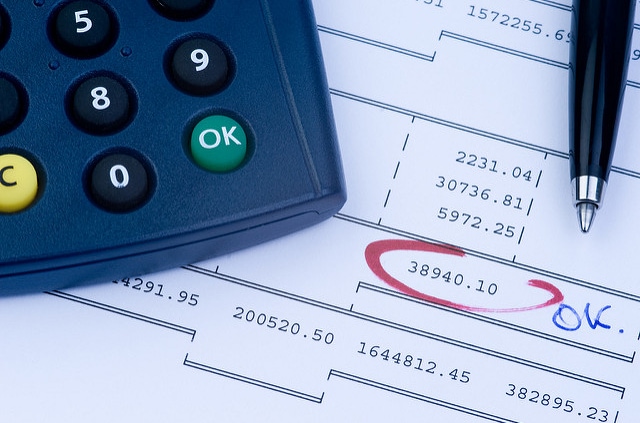Three Essential Financial Statements for Your Small Business [SBA]
SBA.gov community author, Paul Lester, listed the three essential financial statements a small business must have for successful growth. Read the full blog and find out how to create these financial statements in the link below.
Accurately tracking financial data is not only critical for running the day-to-day operations of your small business, but it is also essential when seeking funding from lenders or investors to take your business to the next level.
In addition, keeping tabs of your finances can help ensure your products and services are priced right, identify what your margins are, determine your cash flow and make filing taxes easier.
Here are three basic financial statements that are important for your small business:
- Balance sheet: This statement provides an overall financial snapshot of your small business. As an equation, it looks like liabilities + owner’s equity = assets. The two sides of the equation must balance out.
- Profit and loss statement: A profit and loss statement – also referred to as an income statement – enables you to project sales and expenses and typically covers a period of a few months to a year.
- Cash flow statement: This statement highlights how much money is coming in to (cash inflows) and going out of (cash outflows) your business. Cash inflows include cash sales, accounts receivable collections, loans and other investments. Equipment purchased, expenses paid, inventory and other payments are considered cash outflows.
Read this full blog at www.sba.gov/blogs.

